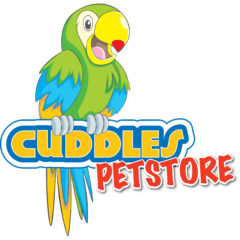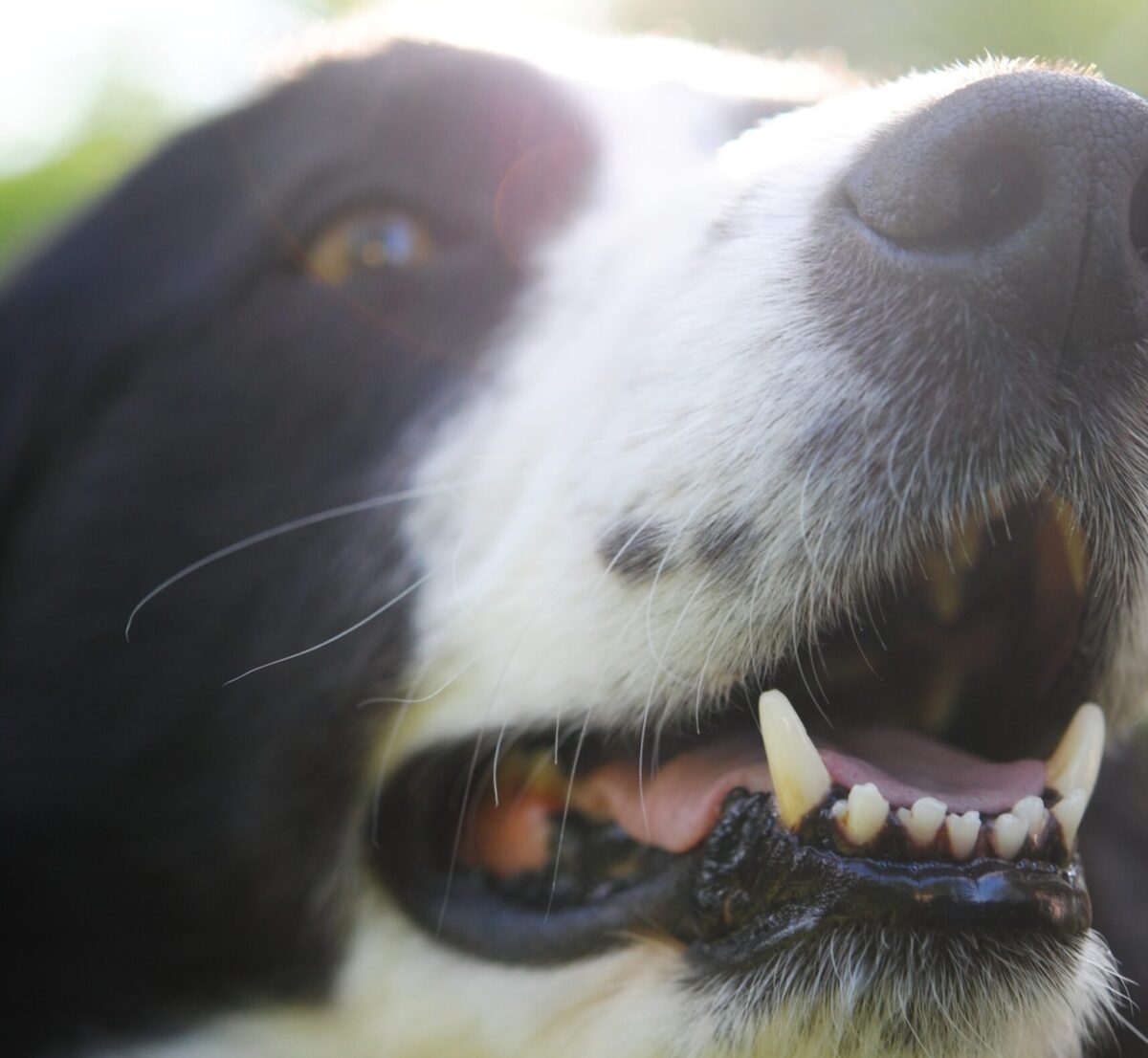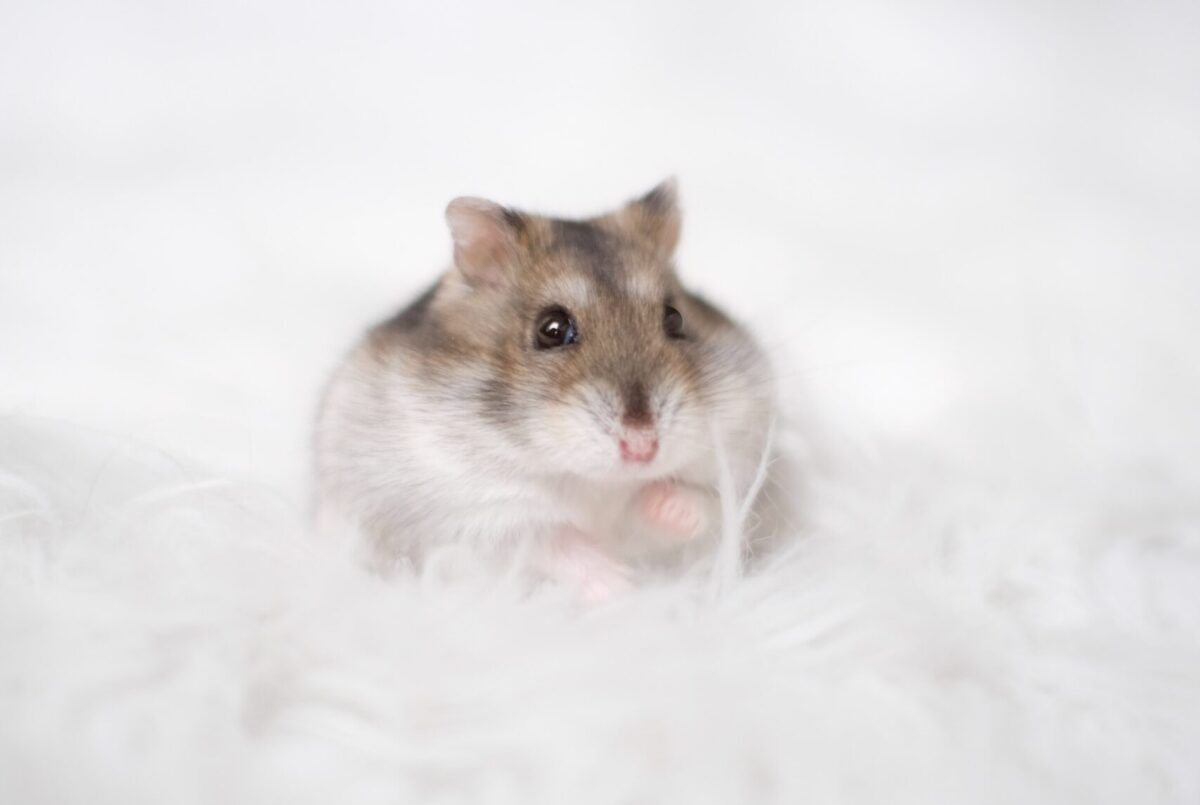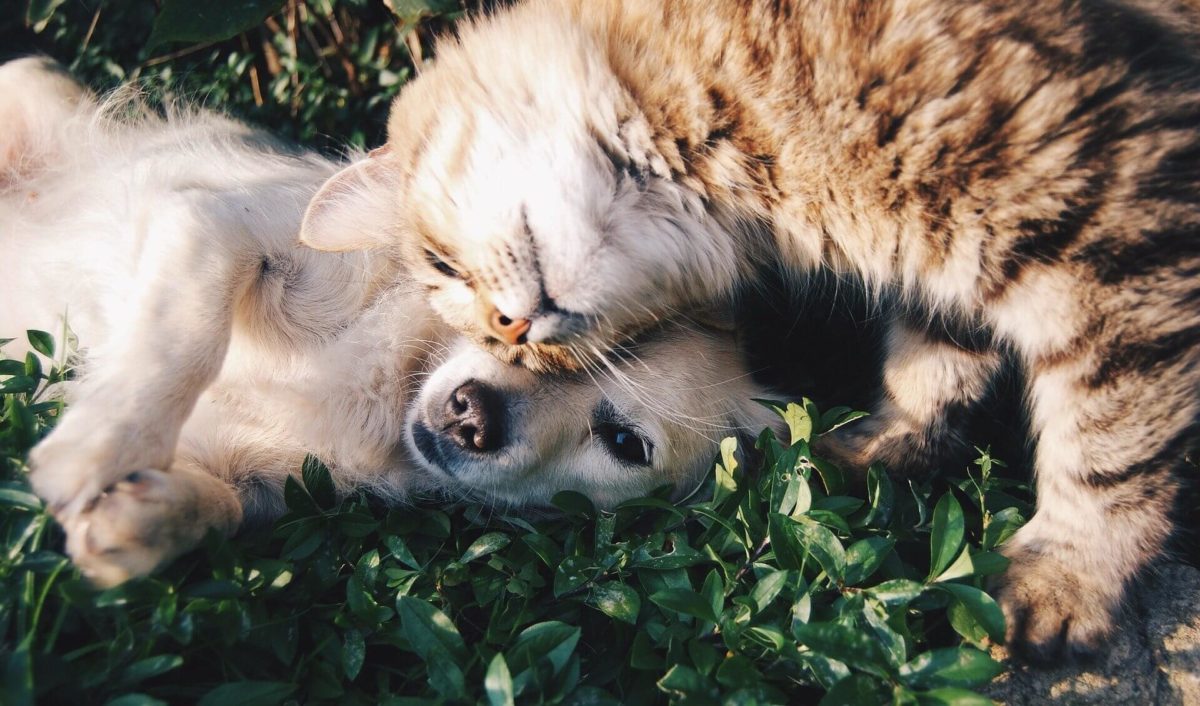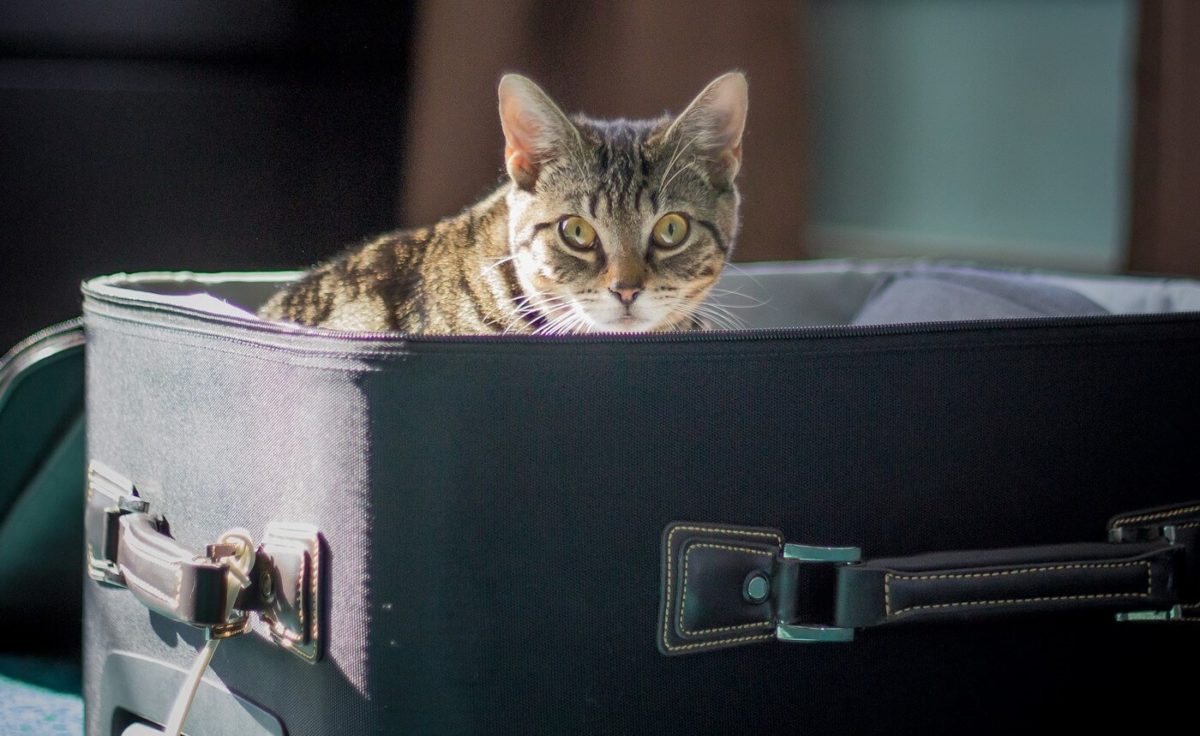From bad breath all the way up to gum disease, it is likely that your pet will experience all the same oral ailments as humans if their teeth do not remain clean. Plus, unhealthy teeth do not just sometimes need to be removed, but in fact, can lead to organ issues. Because diseases in the mouth can spread bacteria via the bloodstream, it is always important to keep your pet’s teeth clean and healthy. With a bit of practice, it is a little job that you and your pet will soon be well accustomed to. We have put together this outline of information and tips to help you look after your pet’s teeth in the best way possible!
Continue reading “Pet Dental Care”Category: Small Pets
10 things to know before getting a pet hamster
- Hamsters are among the most popular pet, but just because they are little doesn’t mean that they don’t have their preferences, wants and needs like any animal. This rundown of tips for prospective hamster owners should give you a useful starter kit of knowledge, giving you a general idea of what hamsters like and what they need to be happy and healthy.
- You need to buy a living habitat: most hamsters will be well suited to a large wire cage. So that they have space to roam, this cage should be no smaller than 80cm x 50cm. Dwarf hamsters will slip out of cages. If you want to have a dwarf hamster as your pet, then you will be better off with a tank, rather than a cage. This is because the dwarf hamster will easily squeeze out of cages that you would have thought were secure, due to the dwarf hamster’s tiny size. Do make sure if you get a tank that you follow the same rule of having a minimum size of 80cm x 50cm.
- Most hamsters are solitary creatures: the most popular breed of hamster as a pet is the Syrian hamster, and these hamsters would naturally inhabit lone burrows. If you do put Syrian hamsters together, then they will end up fighting, so make sure not to cramp their style! Other hamsters, for instance, the Russian hamster, live sociably in groups. So you simply need to check which breed of hamster you have before you decide whether to have more than one together. You should also not have different breeds of hamster together, nor should you keep male and female hamsters together.
- Avoid wooden structures: the habitat that you create for your hamster should not have wood as part of its structure. This is because hamster urine can seep into the wood, thus soon making the environment smelly, as well as unhygienic.
- You must clean their habitat daily: to ensure that their living environment remains hygienic, you should be doing spot checks every day in your hamster’s toilet area, otherwise, the hamster’s living space will become unpleasant. Luckily, hamsters do tend to be tidy when it comes to the toilet! They go to the toilet generally in one patch of their habitat, so you will usually need to check if that area is clean and replace the bedding there if not. The general bedding will also need to be changed weekly on top of spot checks. You will also need to clean your hamster’s food dish and water bottle weekly.
- Build up your bonding time: bonding time might include taking your hamster out of their cage and offering them toys and maybe a few treats. Whilst playtime is important, you should allow them at first to become accustomed to their surroundings. In the first few days, lay a light cloth over their cage to stop them from being overwhelmed by the new surroundings, and lift it to say hello or to allow them small periods of time out of their cage for exercise. Then after a few days, when they are more comfortable with your presence, you can carefully pick them up.
- Keep their diet varied: to keep them excited for feeding time, you should think about how to vary their diet. Different foods to think about offering them might include carrots, cucumber, broccoli, berries, apples or pears.
- Watch out for food hidden away: hamsters have been known to hide food in corners of their habitat when they are full. It is important when you are cleaning their cage to check whether they have hidden food, especially if you have been feeding them fresh fruit or vegetables. If left hidden away in their cage, this will start to rot, and this will be a potential cause of sickness, as well as simply smelling unpleasant.
- Playpens are better than hamster balls: although hamster balls look like they would be great fun, they can actually often be very stressful for hamsters. This is because there is no way for the hamster to get out of such a closed-in space. For this reason, we would instead recommend that you use a fenced off playpen area when you let your hamster out for a bit of exploring beyond their normal home.
- Hamster toys will stop boredom (and biting!): hamsters are intelligent creatures who are explorers by nature. If your hamster is not being stimulated by anything of interest to explore in their surroundings, they will become bored, and this can lead to hamsters biting. To avoid this, and to make sure your hamster is happy, it is best to have a spinning wheel and some climbing toys in their cage. Hamsters are curious and sometimes adventurous little creatures, so these points of interest will help fulfil their curiosity. Hamster wheels that are at least 8.5 inches across are recommended, as smaller wheels sometimes end up damaging your hamster’s spine.
If you are thinking of getting a pet hamster, take a look at our hamster checklist where we have put together a list of essential items you’ll need to help your new hamster settle in.
Looking after you pet during the coronavirus pandemic
With the outbreak of Covid-19, we are all making sure that we know what we need to do to stay safe and to help protect the safety of our friends, family and neighbours. But what do we need to do for our pets? As pet owners, we always want to do what is best for our loving little friends, whether we have cats, dogs, or other animals. In these times, with various new concerns running through our heads, this is perhaps even more the case than usual. So, in case you are getting worried about the health and happiness of your pet in these strange times, this is just a quick overview of how best to look after them in this pandemic period.
Continue reading “Looking after you pet during the coronavirus pandemic”Halloween Safety for pets
Who doesn’t enjoy the fun and high jinx of Halloween? It’s a special night of the year for kids and big kids alike. But hazards lurk around every corner for your pets who can find the celebrations stressful. Animals won’t understand what is happening and your Halloween props can be scarily dangerous for your furry friends.
The Witching hour approaches. Here’s how to ensure that your pets are safe and that your celebrations don’t come back to haunt you!
Continue reading “Halloween Safety for pets”Brexit – travelling with pets from Ireland and the UK
Brexit! It’s a word that nobody wants to hear anymore. After three years of debate, arguments, bitterness and recrimination, the UK is no nearer leaving the EU. When your dog starts barking or your parrot begins squawking, consider that they just might be screaming “get on with it!”. Many people are now rapidly losing the will to live and it is a sorry situation. Uncertainty rules and that is a big problem.

If you are planning a trip in the next year or so, Brexit will be at the forefront of your mind, especially if you intend to travel with your pets. Deal or no deal, Brexit could impact your plans. Here’s everything you need to know about travelling with your pet, should the UK ever leave the EU. Please note that the regulations apply to cats, dogs and ferrets.
Continue reading “Brexit – travelling with pets from Ireland and the UK”